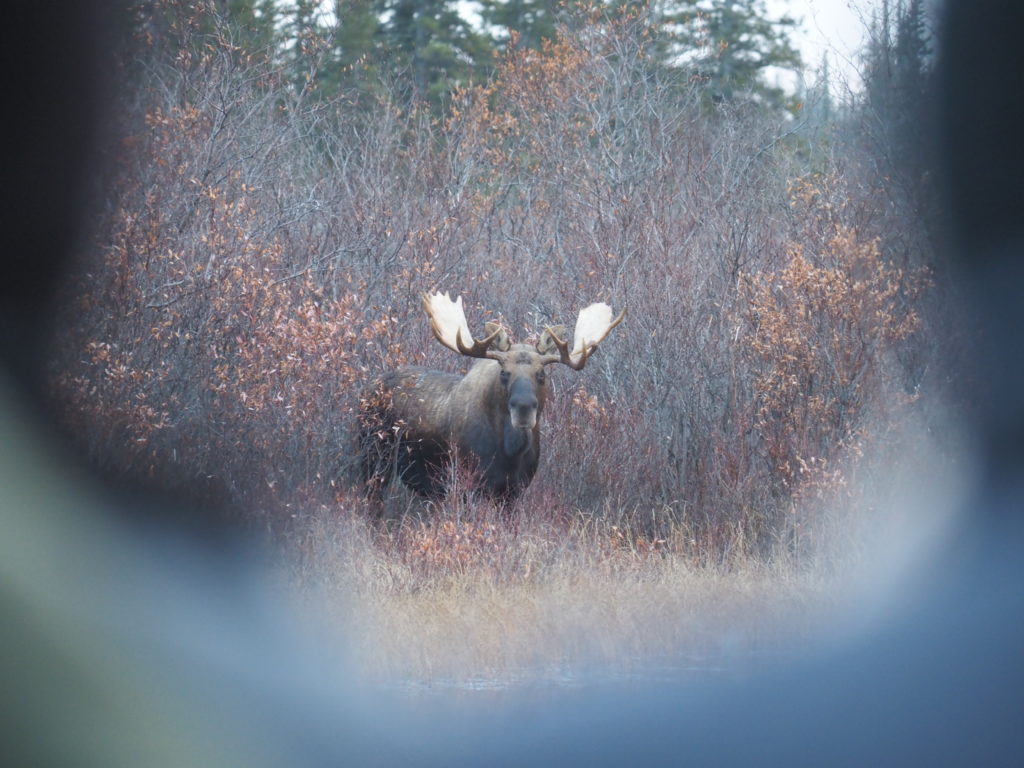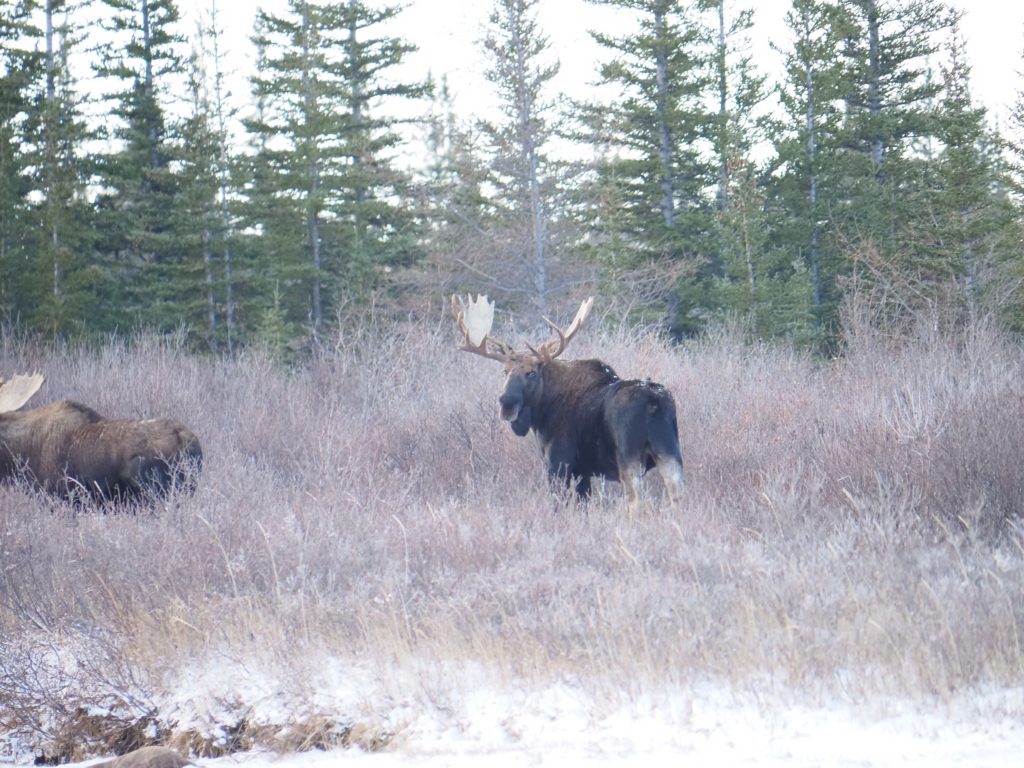Written by Jody Steeves
Nanuk Polar Bear Lodge is located just at the edge of the tree line, on the shore of Hudson Bay. Here the landscape shows the glacial action of millennia. Once covered by a huge sheet of ice, as the climate warmed, the Laurentide Ice Sheet thinned and receded from the land, leaving a saucer-shaped basin. About 7500 years ago, the basin began to fill with seawater–becoming the ancient Tyrrell Sea.
While it may look unchanging, the land around the sea is gradually rising due to glacial isostatic adjustment (think of how a cushion rises back to shape after you stand up). While it only lifts about 60 cm per 100 years; as it rises, the water recedes and leaves the old beach high and dry. Lines of these raised beaches radiate away from the present shoreline of Hudson Bay.
If you could see this feature from above–it would almost look like waves rippling inland from the water. The raised beach areas are made of a lighter coloured material where the trees prefer to grow. While the lower lying muskeg is swampy and filled with moss, small bushes and stunted trees. It’s a landscape that many of our geology-loving guests find fascinating: an ever-changing testament to the awesome powers of nature.

Photo by Jody Steeves
The raised beaches can also make a great place for an easy hike to see the glacial formations. But come fall, our fascination with geology takes a back seat to another of nature’s remarkable spectacles: the moose rut.
Every September and October the rutting, or mating, season for moose goes into full swing. This is the season when moose are most active. It starts with the bulls shedding their antler velvet: which is done by thrashing the antlers against shrubs and trees. At the same time–the cows begin to show interest in the bulls and they start to congregate.

Photo by Jody Steeves
As the weather continues to cool, the males start digging rutting pits. These are muddy depressions where the bulls urinate and then splash the mud-urine mixture onto their antlers and neck–which is apparently irresistible if you are a lady moose.
This is the point when we start our hikes back into the swamps in the hopes of an up close moose encounter. Kevin Brightnose was our resident expert moose caller at Nanuk lodge this season. On one hike along the old raised beaches we stopped at the edge of the Opoyastin River. Kevin turned to the group with a finger to his lips and then disappeared down the bank, just out of sight.

Kevin Brightnose moose calling photo by Fabienne Jansen
The low whining moan of cow call broke the stillness and we all turned to each other, stunned at the imitation.
If a bull moose hears a cow call he’ll often respond by thrashing his antlers in the trees. So as we waited Kevin called again and there it was: the hollow raking sound of antlers, followed by the wet sucking noise of a moose walking on the boggy ground as he moved through the swamp.
Then everything became still and quiet. Moose don’t show up on demand–sometimes they need coaxing. So we moved to a new spot to try again. As we walked, jokes about Kevin’s technique began to fly. “Kevin should wear something sexier to call in the moose,” one guest teased.
At our final stop, Kevin’s call caught the attention of another prospective mate. Then all the jokes stopped as a huge set of antlers separated the willows and a head emerged. Gazing across the river at Kevin, the bull seemed convinced of his moose appeal. Kevin called again and the bull stepped clear of the willows and into the river, slowly crossing to the other side.
The bull seemed to figure out that Kevin wasn’t going to be impressed with his mud-urine cologne–so as our cameras snapped photos, he began to move away from us. Our last sight was of the bull moose peacefully grazing at the edge of the river, patiently waiting for the cow moose of his dreams.









